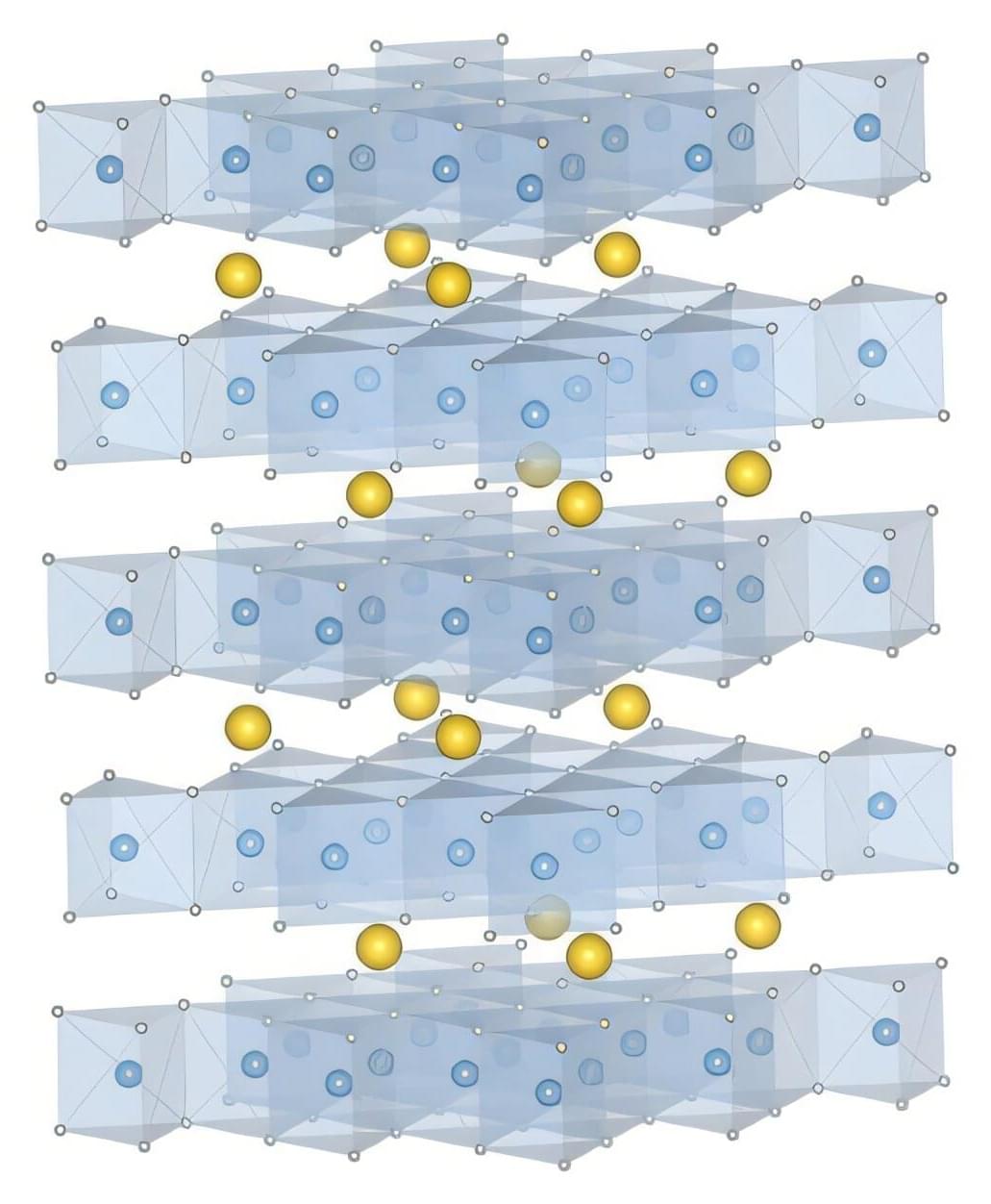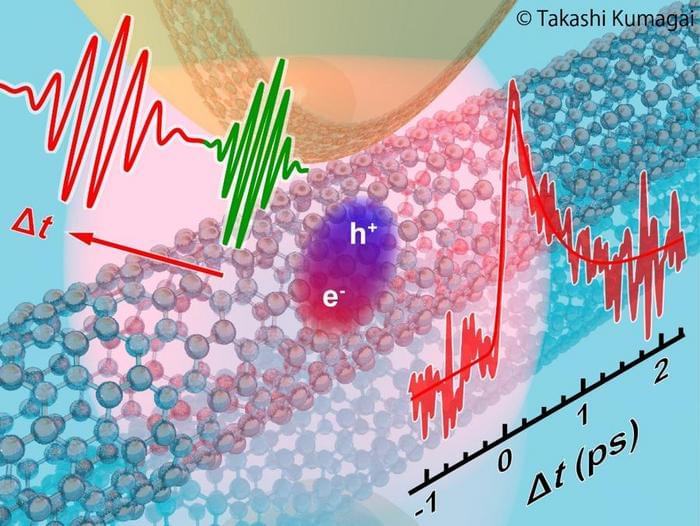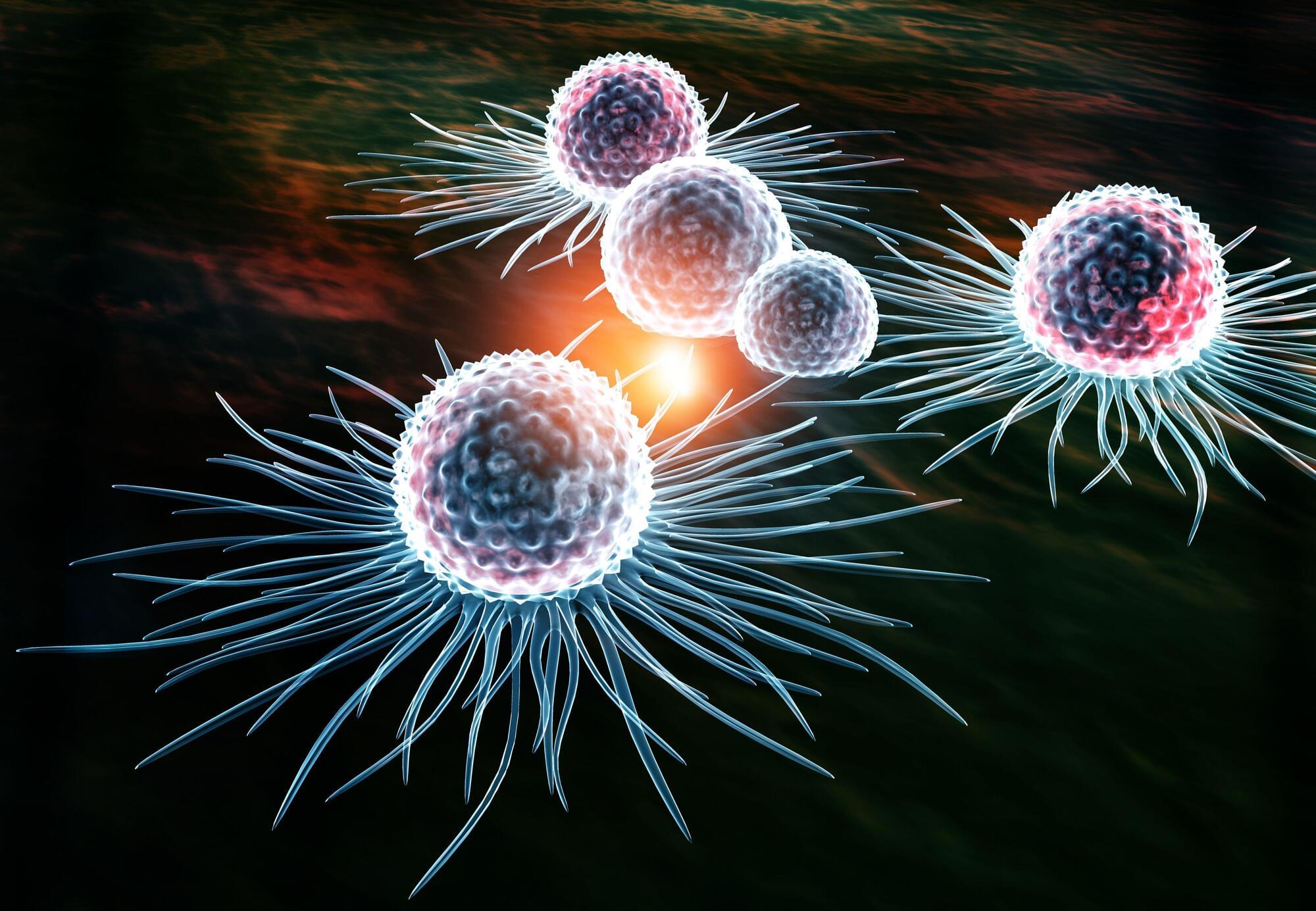Cryonics in space, cryostasis repair science, and revival ethics and planning are converging in 2025 to shape a bold new vision for life extension and post-biological freedom.
Join us Thursday, July 31 at 6 PM EST for a virtual service featuring two of cryonics’ leading voices:
Rudy Hoffman – Immortality Through Innovation.
Rudy opens with the visionary idea of cryonics in space and shares how today’s planning tools—annuity structures, revival trusts, and insurance-backed systems—support long-term access to biostasis. He ends with a powerful call to preserve freedom in the era of revival governance.
Alex Crouch – The Bridges to Reanimation.
Founder of Revival Research Group, Alex outlines the six bridges of cryostasis repair science, covering nanotech repair, AI orchestration, simulation, and bioprinting. His roadmap aims to make revival a transparent, collaborative goal.
Opening remarks by Neal Vanderee, officiator of the Church of Perpetual Life, connecting science, spirit, and future readiness.
Schedule:







